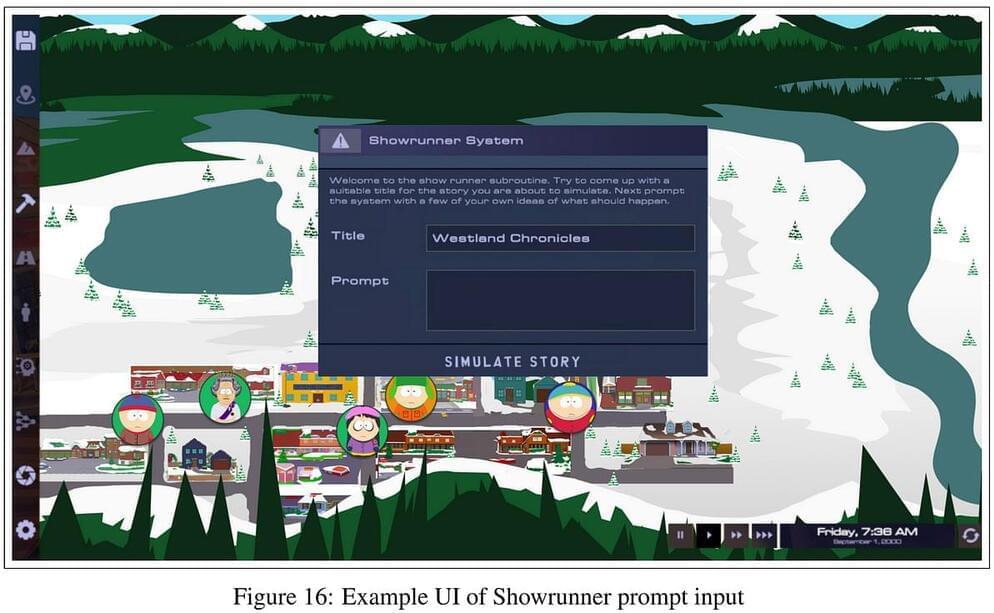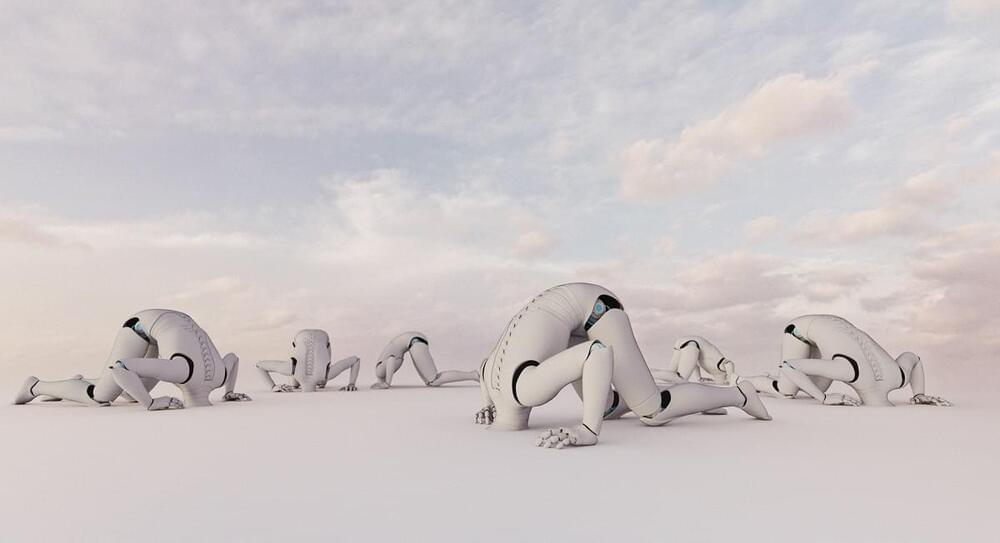The music you listen to creates specific brain patterns that AI can use to generate that same sound. Here’s how.


The search for alien life has always been hampered by the huge racket that Earth generates, rendering it difficult to tease out alien signals from all the local noise.
But a new method for recognizing radio signals traveling through interstellar space could narrow the search considerably.
“I think it’s one of the biggest advances in radio SETI in a long time,” says astrophysicist Andrew Siemion, a co-author of a paper describing the technique and director of the Berkeley Search for Extraterrestrial Intelligence (SETI) Research Center.

We should not be surprised if such changes occur. Summer was not always about the seaside and sunbathing. True, there is a long tradition, dating back at least to the Romans, of leaving the city for the seashore in the summer months. Baiae, on the northern tip of the Gulf of Naples, was a favorite haunt of the emperors Augustus, Nero and Caligula. (According to Seneca the Younger, it was a “harbor of vice.”) But activities such as swimming in the sea and stripping semi-naked to lie on the beach are of quite recent provenance.
Moreover, the seaside is not an appealing summer location in much of the world. No sweat-soaked imperial civil servant in British-ruled India would have chosen the Bay of Bengal as his preferred holiday destination. The only way to escape the heat of the summer was — as Rudyard Kipling described — to flee the plains and head northwards to Himalayan “hill stations” such as Simla.
Now that summer in more and more of the world is as searingly hot as India in Kipling’s time, we are all going to have to take a leaf out of his book. The hill station is coming back, and this time it’s global.

Since launching in July 2017, the Model 3 from Tesla Inc TSLA has been one of the bestselling electric vehicles of all time.
A recent Bloomberg survey reveals how Model 3 owners have felt about the company over time — and Tesla CEO Elon Musk might not love the results.
What Happened: The Model 3 and Model Y continue to be Tesla’s bestselling models and big reasons why the company has dominated the market share for electric vehicles around the world.

An intriguing new artificial intelligence project called “The Simulation” is exploring the possibility of autonomously creating new episodes of the hit animated series South Park. Researchers from Fable Studios have published a paper detailing their approach, which combines multi-agent simulations, large language models, and custom visual generation systems.
The goal is to develop an AI “showrunner” agent that can generate high-quality, customized story content aligned with the style, characters, and sensibilities of South Park. The system would allow users to essentially “program” their own new episodes by providing high-level prompts and guidance.
Key to the approach is the use of a simulated South Park world, populated by digital versions of characters like Cartman, Kyle, and Stan. This provides context and backstory to seed the creative process. Users can influence events and character behaviors within the simulation to set up storylines.

In the shade of a coconut palm, Chandrika tilts her smartphone screen to avoid the sun’s glare. It is early morning in Alahalli village in the southern Indian state of Karnataka, but the heat and humidity are rising fast. As Chandrika scrolls, she clicks on several audio clips in succession, demonstrating the simplicity of the app she recently started using. At each tap, the sound of her voice speaking her mother tongue emerges from the phone.
Before she started using this app, 30-year-old Chandrika (who, like many South Indians, uses the first letter of her father’s name, K., instead of a last name) had just 184 rupees ($2.25) in her bank account. But in return for around six hours of work spread over several days in late April, she received 2,570 rupees ($31.30). That’s roughly the same amount she makes in a month of working as a teacher at a distant school, after the cost of the three buses it takes her to get there and back. Unlike her day job, the app doesn’t make her wait until the end of the month for payment; money lands in her bank account in just a few hours. Just by reading text aloud in her native language of Kannada, spoken by around 60 million people mostly in central and southern India, Chandrika has used this app to earn an hourly wage of about $5, nearly 20 times the Indian minimum. And in a few days, more money will arrive—a 50% bonus, awarded once the voice clips are validated as accurate.
Read More: Gig Workers Behind AI Face ‘Unfair Working Conditions,’ Oxford Report Finds

Ever dreamed of creating your perfect partner? Now you can with AI, thanks to a new project from prominent VC firm Andreessen Horowitz (a16z).
The Silicon Valley heavyweight has uploaded a tutorial to GitHub outlining how to create customizable “AI companions” with configurable personalities and backstories.

Thanks to Cancer Research UK! http://www.cancerresearchuk.org.
Links to LEARN MORE and SOURCES are below.
follow me: http://www.twitter.com/tweetsauce.
What is cancer?
http://www.cancerresearchuk.org/cancer-info/cancerandresearc…is-cancer/
http://www.cancerresearchuk.org/cancer-info/cancerstats/keyfacts/
http://en.wikipedia.org/wiki/Hallmarks_of_cancer.
Visualizing the prevention of cancer: http://www.cancerresearchuk.org/cancer-info/cancerstats/caus…alisation/
10 cancer MYTHS debunked: http://scienceblog.cancerresearchuk.org/2014/03/24/dont-beli…-debunked/
Other cancer articles:

The Abyss Locker operation is the latest to develop a Linux encryptor to target VMware’s ESXi virtual machines platform in attacks on the enterprise.
As the enterprise shifts from individual servers to virtual machines for better resource management, performance, and disaster recovery, ransomware gangs create encryptors focused on targeting the platform.
With VMware ESXi being one of the most popular virtual machine platforms, almost every ransomware gang has begun to release Linux encryptors to encrypt all virtual servers on a device.